My 10 Year Search For The Perfect Camera Brought Me Back To APS-C
My 10 Year Search For The Perfect Camera Brought Me Back To APS-C
In 2015, I fully committed to switching from my Nikon DSLR system to a Sony mirrorless system starting with the Sony A7II. Up until that point, I had always held on to my Nikon D700 and D800 as my workhouse cameras for weddings and commercial shoots, but experimented with Olympus, Sony, and Panasonic for my travel photography.
In 2020, I’ve made another big leap and switched from my full frame Sony system to Fufjifilm, with their smaller APS-C sensor. I currently shoot entirely with the Fujifilm X-T4 and X100V.
Update: I’ve sold my X100V and use the X-Pro2 as my second body. The X100V is a great camera, but just wasn’t for me from a tactile experience.
A foreword. I’m not one to fixate on gear more than what purpose it serves. I prefer to upgrade only when I need specific specs or if it will improve what I deliver to clients, so to help you understand the significance of this switch and my thought process, I want to take you back about a decade or so to when I adopted a two system setup.
Does The Size Of My Sensor Make You Uncomfortable?
For my first around the world trip in 2010, I left behind my Nikon D700 and instead carried a tiny Panasonic GF-1 micro 4/3 sensor camera, the 14-42 kit lens and a 20mm f/1.7 pancake lens. My trusty Manfrotto also stayed at home and in its place, a $15 tripod that would blow over with a strong wind. Being stable all the time wasn’t one of its strong point, but it collapsed down to about 10 inches and expanded to 54 inches.
Everything fit into a small ragged looking canvas messenger bag that I outfitted with a camera insert I sewed myself. It was as inconspicuous as I’ve ever been as a photographer and so liberating.
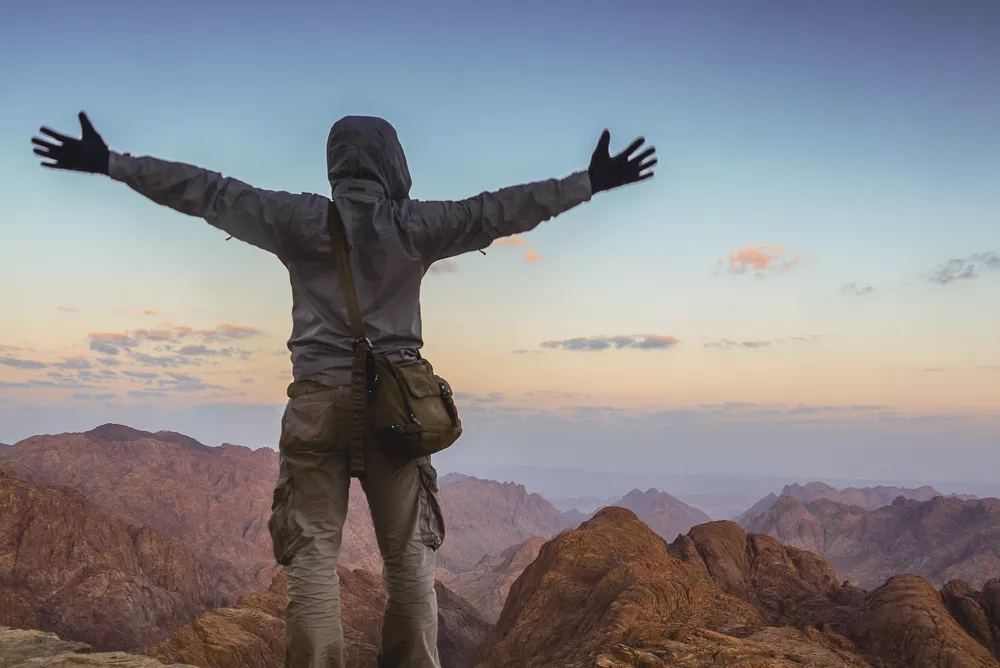
From that trip, I learned that portability and the content of what I shot was more important than even the image quality and features on the camera. The first travel video I made from the photographs on that trip went viral and paid for the entire year’s worth of travel.
With the compact GF-1 and a simple tripod I could set up in about 10 seconds, I was able to get many shots and sequences that I would have missed with my larger Nikon setup. I’m certain of this, because there were times places where “professional” gear was not allowed, but none of the security guards blinked at eye at me.
Some of my all time favorite shots were done on this little thing.
I haven’t touched the camera for nearly a decade now, but this was one of my all-time favorite setup because of its compact size and simplicity. To be honest, I can’t even remember the megapixel count or if I shot RAW on the GF-1. Probably not. I just remembered that I had my messenger bag with me everywhere since it was small and so my camera was never more than a quick reach away right by my side.
Many people rave about how fast a camera is ready to shoot when you turn it on. I also consider how long it takes you to get it out of your bag.
Switching From Nikon To Sony
My first experience with Sony and an APS-C mirrorless sensor was the Sony NEX-6, a predecessor to the still popular, A6000. It was my way of stepping up from the GF-1 to something similarly compact but with a bigger sensor. I shot many travel films and memorable landscape shots on it with the 16mm f/2.8 pancake lens and wide angle attachment and I adapted vintage Voigtlander and CCTV lenses to get many keeper portraits.
I never once, during that time, thought anything less of a smaller sensor nor did I think of not be able to get shallow enough depth of field with the available lenses, as you can see from the portrait above.
Then the Sony A7II came out, improving on many of the flaws found in the much touted Sony A7, the first mirrorless full frame camera with interchangeable lens system. Finally, I could get the same quality as my full frame DSLR in a more compact form and I fell for it hook, line and sinker.
I shot with this for the next few years alongside the A7sII for my video work, and only upgraded when the A7III came out.
With the Sony and its live preview, my exposure was spot on for every shot, but I did slow down a bit because I felt compelled to adjust almost every shot. I also started to shoot more with the LCD instead of through the viewfinder. It was a completely new shooting style compared to shooting on my Nikon and great for my product work.

For weddings though, I was worried I would miss the shot if I kept focusing more on fine tuning exposure rather than just shooting while occasionally flicking my eye over to the meter. Does anyone else still remember the days when we actually metered?
I hung on to the D700 and D800 for another couple of years because of this, but eventually took a chance and shot one of my weddings on the Sony.
Any fears I had were immediately dispelled as I ended up with an even higher percentage of usable shots that were 99% perfectly focused. I even got so comfortable that I shot an entire wedding with just one lens at one point.
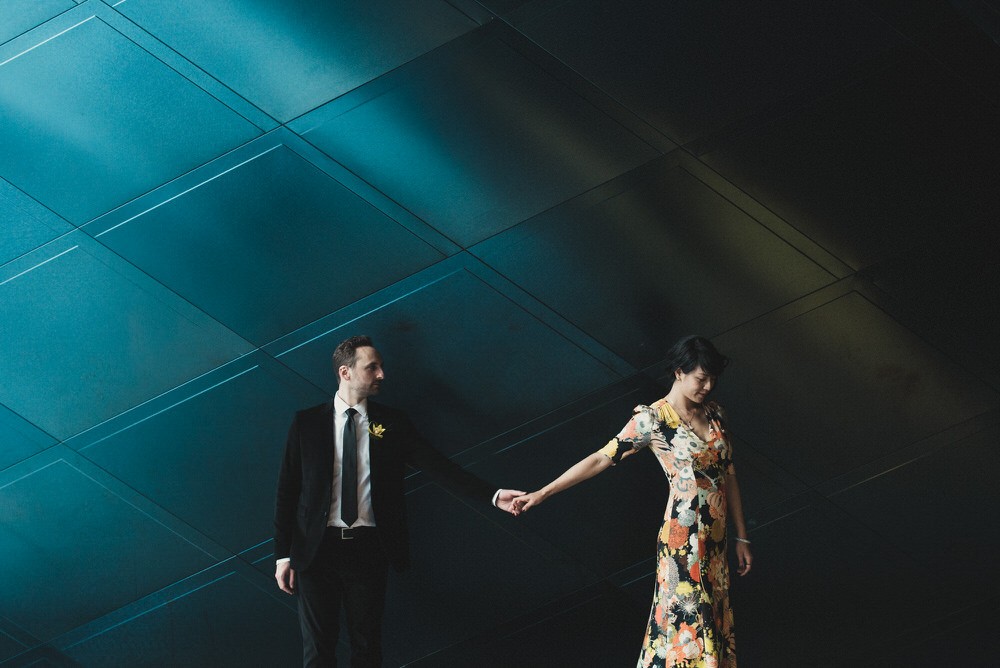
For the first time in a long time, I was able to consolidate my professional photography and my travel videography into one system. In a way I felt at peace not having to compromise image quality for portability and choosing one system over another when I was on the road, but this was where things also slowly started to break down again.
The Mirrorless Size Trap
Mirrorless system’s promise of smaller cameras and lenses were only half true. The cameras, without the mirror reflex system, were indeed smaller than its DSLR counterparts, but you can’t break the physics of optics when it comes to lens size on full frame sensors.
To get a certain the best image quality and amount of light into a lens, there are physical limitations to how small you can go.
If you compare all the professional workhorse lenses like the 17-35mm f/2.8, 24-70mm f/2.8, 70-200mm f/2.8, the sizes were more or less the same regardless of whether they were DSLR or mirrorless.
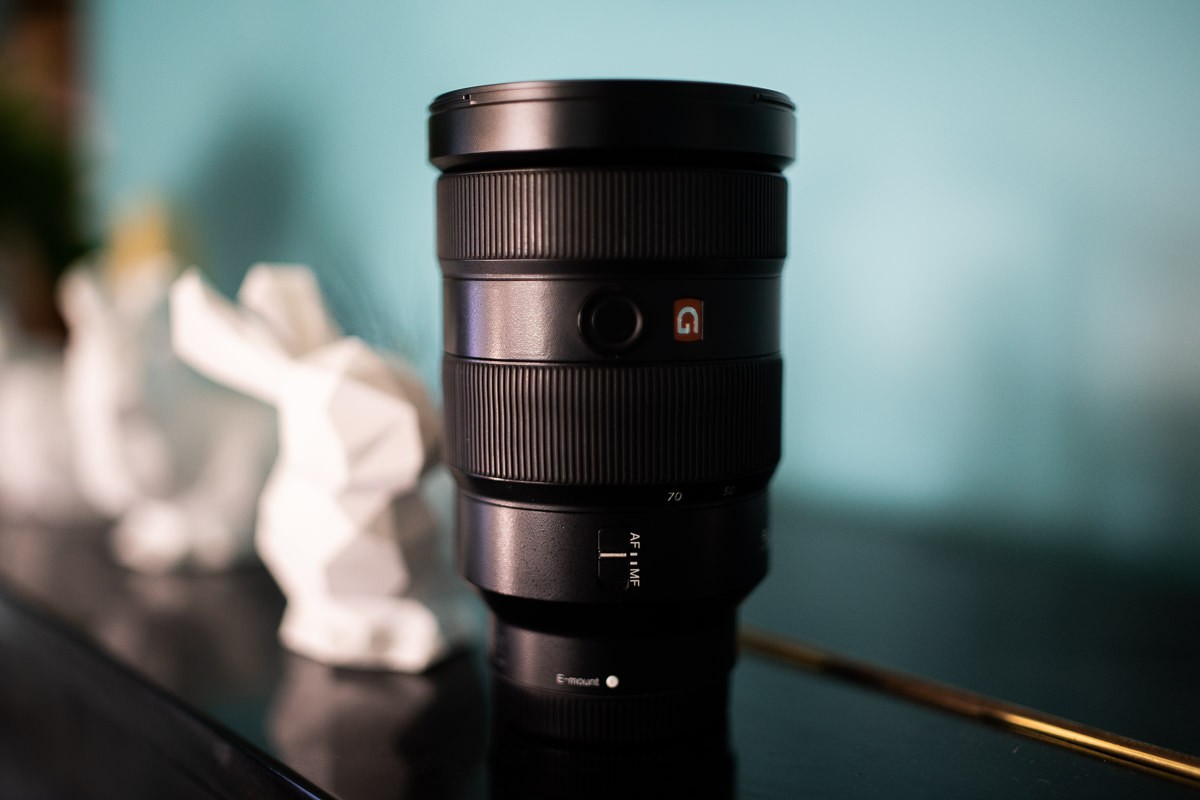
So much for a smaller system. The body was smaller than my DSLR, but the lenses were more or less the same size. In fact, some of the mirrorless prime lenses were even bigger and more expensive than its DSLR counterpart. The Sony 55mm f/1.8 cost about 7 times its equivalent Nikon or Canon Nifty 50 counterparts.
With that said, after shooting with the Sony A7II, A7sII and the incredible A7III all having the incredible image quality, video features and low light capabilities, I felt like I couldn’t go backwards down to the smaller APS-C cameras.
Being Weighed Down
I eventually sold all my different messenger photography bag and switched to bigger backpacks so I could carry all the bigger lenses and bigger tripod with me. Before I knew it, half of what I took on my travels was my gear alone.
Somehow I seemed to have forgotten why I left my larger Nikon D700 at home in the first place when I was started traveling.
Trip after trip, I searched for ways to downsize. Smaller backpack, medium size tripod, no tripod, smaller lenses, less lenses. It was never ending and I didn’t even realize that the gear was dragging me down and changing the way I shot for the worst.
I stopped owning a 70-200mm lens and would sometimes leave behind the 24-70mm f/2.8 GM when I was on the road. When I felt too bogged down, I would leave behind all my Sony lenses and went for smaller adapted lenses shooting completely with manual focus.
There were even times when I would bring the lenses, but just left most of it back in my room or bag and went out with just one lens, only to wish I had a different lens with me when something caught my eye. I made it work, but way more often than not, the thought of carrying all that gear made me not want to shoot.
Letting Go Of Full Frame
Like many photographers, I regarded full frame as the standard for photography. More than anything, I was used to the look I got off my full frame sensors and my workhorse lenses. I understood all the nuances of the arguments between full frame and APS-C or m4/3 sensors. I knew the disadvantages and limitations of the smaller sensor systems.
None of it really limited the most important thing in photography – taking the picture. Yet, irrationally, I refused to consider going back down in sensor size.
Outside the endless YouTube and web reviews comparing the latest and greatest specs, we know that you can create beautiful photography with just about any camera, even the ones from a decade ago (but promoting that doesn’t sell new cameras). Camera technology has rapidly advanced in the last decade, my 10 year old GF-1 can still take photos today like it did when I first held it.
There’s now enough native lens and adapted lens selections to allow you to create, uncompromisingly at the highest level, with any system.
New tech is great, but amazing imagery has been made for a very long time before the digital spec wars of the last decade.
Ironically, none of this was news to me. I shot for publications with a 2.74 megapixel Nikon D1H back in the day, some of my best images were on a micro 4/3 sensor and I’ve sold photos taken on a *gasp* god forbid, 1” sensor found on the Sony RX100IV point and shoot.
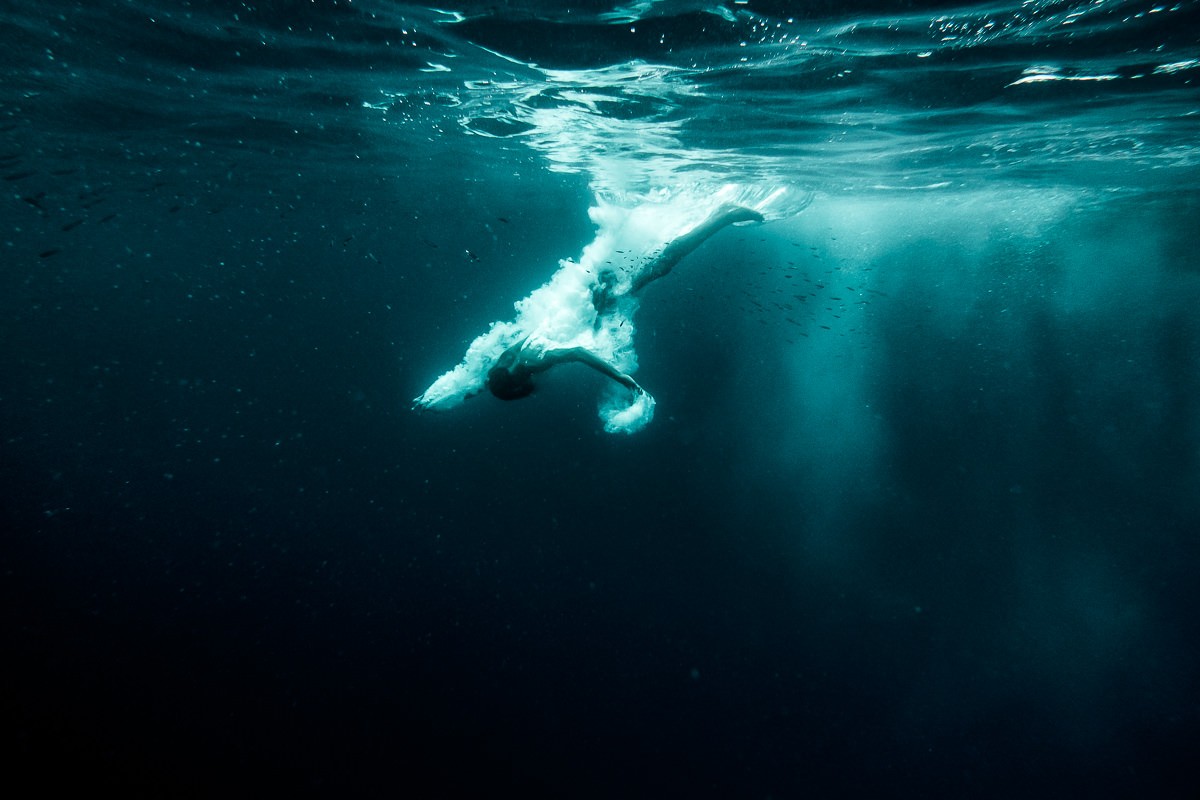
Holding on to full frame, when the size and weight factor was holding me back, was pure stubbornness backed only by the need to have the perceived “best”. I was finally ready to let go of full frame and go lighter again.
Switching From Sony to Fujifilm
My switch to Fujifilm was delayed in part because as a hybrid photo/video shooter, I was hoping the Sony A7sIII would be the camera to end all cameras. Something along the line of 4:2:2 10 bit 4K 60 fps along with a 24 or 36 megapixel sensor so I could do everything with one camera.
I am so glad Sony stuck with the 12 megapixel sensor to make my decision easier.
From a photography standpoint, I had long been drawn to the beautiful Fujifilm cameras that’s so well loved by street photographer and photography purists. The retro style bodies and dials much more resembled shooting with 35mm film cameras. And everyone was raving about the straight out of camera colors.
Because all their cameras, apart from the GFX medium format series, were cropped sensors, most of the lenses were smaller and lighter too. I was more than tempted.
Somewhere at the beginning of 2020, rumors were floating of Fujifilm wanting to cater to a wider audience that included video shooters. Those rumors eventually became the Fuji X-T4 that would end up checking every box for me.
But even before that, I saw in the Fuji X100V a camera that excited me about shooting again.
Like my Sony RX1, that fixed a sharp 35mm f/2.0 Zeiss lens onto a compact full frame body unheard of at the time, this was a camera built to be carried everywhere to capture everyday life. The x100V would be my first step towards a full transition to Fujifilm.
The X100V’s One Focal Length
What I love most about the X100V is the compactness. Not only is it small with a lens that barely protrudes from the body, it’s built really well, so I could throw it into my fanny pack or attach to a Spider Black Widow Holster without worrying about damaging it.
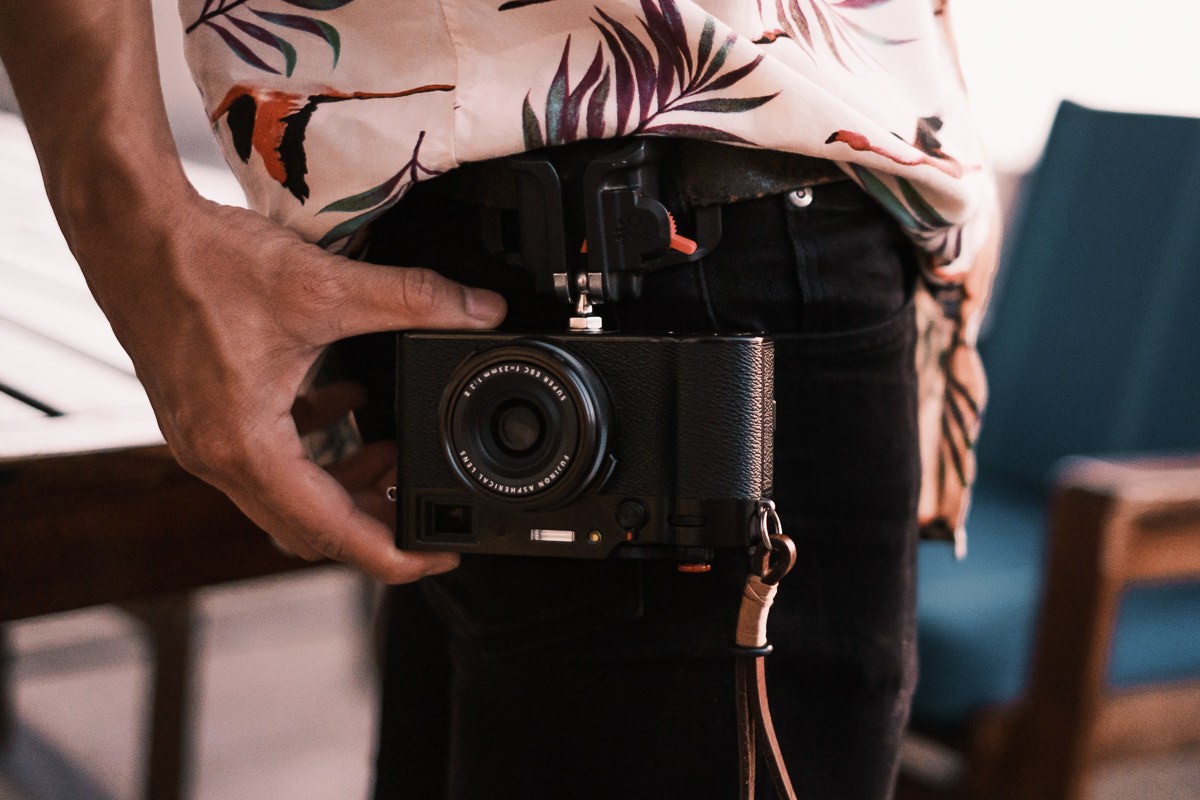
It’s got a built in ND filter to allow me to easily stop down to f/2.0 in any lighting condition and the leaf shutter is so silent, I initially wasn’t sure I had taken the shot after pressing down on the shutter.
Inside the gorgeous rangefinder style body is the same flagship 26.2 megapixel X-Trans 4 sensor like in the X-T4 and a 23mm f/2.0 lens designed specifically for the sensor. It’s sharper than the Fujifilm 23mm f/2.0 WR lens and half the size.
After shooting for a month with it, I didn’t feel limited by the fixed focal length at all. The 35mm equivalent of 35mm was already my favorite focal length on my Sony A7III, so I was very comfortable getting in closer for portraits and stepping back for wider shots.
With the Classic Chrome Simulation, I’ve actually been pleased enough to send the JPEG straight from camera to my phone and post without any color correction. And it’s so easy to use.
The range between light and shadow was pretty difficult in the scene above, but I think the X100V captured it pretty well straight out of camera. My girlfriend, who has just a bit of photography experience, just picked up the camera and snapped this shot while I was getting ready to jump into the water to chase after a turtle.
The second image was edited with some very minor adjustments, specifically in bringing back some details in the highlights, but otherwise, I would have been happy with the straight out of camera jpeg.
What About Shallow Depth Of Field?
At the same equivalent focal length, the same aperture value looks different between a full frame sensor and a mirrorless one. It’s easier to find zoom lenses that will give you shallower depth of field (though I’m sure some will still want to debate this) on a full frame camera.
I, too, was worried that I was giving something up in this area. Fujifilm has a sharp 16-55mm f/2.8 lens that’s supposed to be the equivalent of the workhorse 24-70mm f/2.8 lens that most photographers would be familiar with. The optics are amazing, but f/2.8 on the cropped Fujifilm sensor has the equivalent depth of field as f/4 on a full frame sensor.
The same goes with their 55-140mm f/2.8 (vs 80-200mm f/2.8 FF) and 10-24mm f/4 (vs 16-35mm f/4 FF). The bottom line is that I couldn’t get the same shallow depth on field on native ZOOM lenses, unless I adapted larger and heavier full frame lenses from another brand like Canon with a focal length booster like this this Viltrox .71x Speedbooster Canon EF to Fuji X mount adapter.
I had to accept this and let it go as well. But it would be naive to think you can’t get really shallow depth of field on a cropped sensor – especially with prime lenses.
The Fujifilm 35mm f/1.4 will still give you a buttery out of focus background. The Fujifilm 56mm f/1.2 even more so. And there’s even the Mitakon 35mm f/0.95 for those who really want practically everything out of focus.
In the real world, I found myself stopping down to f/2.0 and f/2.8 more often than I realized, even when I could shoot wide open at f/1.4. Why? Because sometimes f/1.4 is too soft or the field of focus is way too narrow on full frame.
Getting shallow depth of field on an APS-C sensor would not be a problem at all for me.
Falling In Love With APS-C Again
With no excuses left, I bought the X-T4, a cropped sensor camera, to be my primary camera as a professional/paid photographer. It felt weird saying that out loud at first, but any insecurities were immediately dispelled as soon as I held the camera in my hand and shot with it.
From a living room portrait of my dad to photos of the dinners I cooked (like most people, I didn’t leave the house much for most of 2020), I felt excited about “everyday” shooting again. Make of it what you will, but I do believe how a camera feels in your hand does change the way you shoot.
After owning it for a couple of months, I learned so many things about the X-T4 that reviews couldn’t really show or missed altogether.
The image quality is superb and I very much doubt anyone, including the most discerning of clients, would be able to tell that a shot was taken with a cropped sensor. In fact, many of the movie posters and promo shots you’ve been seeing for big Hollywood blockbusters like Monster Hunter, Joker, and Dunkirk, to name a few, were taken on older Fuji cropped sensor cameras like the X-T2 and X-T3.
With the X-T4 and the 10-24mm f/4 lens, it felt very familiar to my Sony A7III and 16-35mm f/4 combination – my favorite combination for landscapes. Except, now it was more compact and the 3 way tilt axis LCD screen made it easier to get certain vertical shots in direct sunlight. The X100V’s discreet rangefinder style body has inspired me to shoot more street “landscapes” and to play more with harsh sunlight and shadows. More than anything, it’s size has me carrying it everywhere I go.
Along with the X-T4, I bought the Fujifilm 35mm f/1.4, the 10-24mm f/4, and the 55-200mm f/3.5-4.8 lens. I’ve also adapted my Voigtlander 50mm f/1.5 lens and a Voigtlander Heliar 75mm f/2.5 for portrait work and bought the Rokinon 35mm t/1.3 Cine lens for narrative filmmaking.
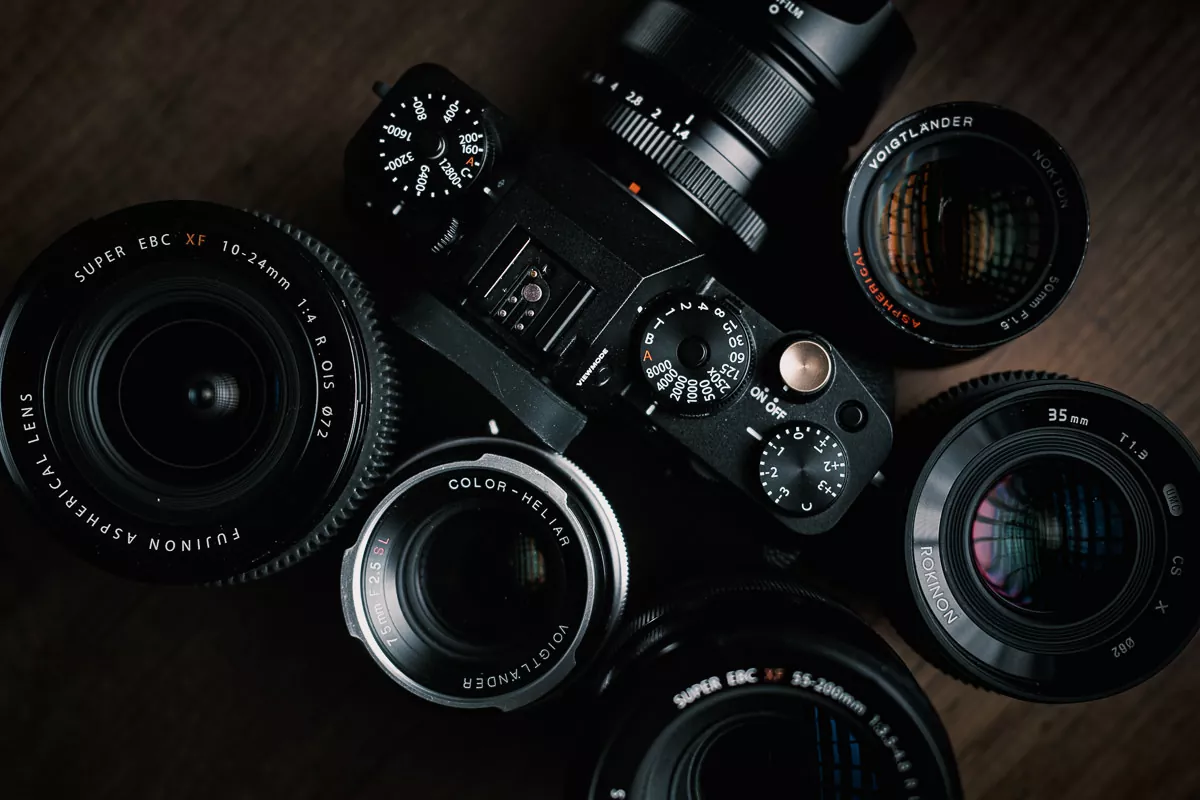
If I wasn’t so keen on having the IBIS, I would have probably switched sooner to the X-T3 since I’m still so keen on this older model, especially with the release of the X-T4
Here’s the crazy thing. I can fit all of that into my Wandrd 21L backpack‘s bottom compartment. I don’t have to carry all of it with me everywhere, but it’s so amazing that I can, when I used to be able to fit just a couple of lenses along with my Sony A7III in the same bag.
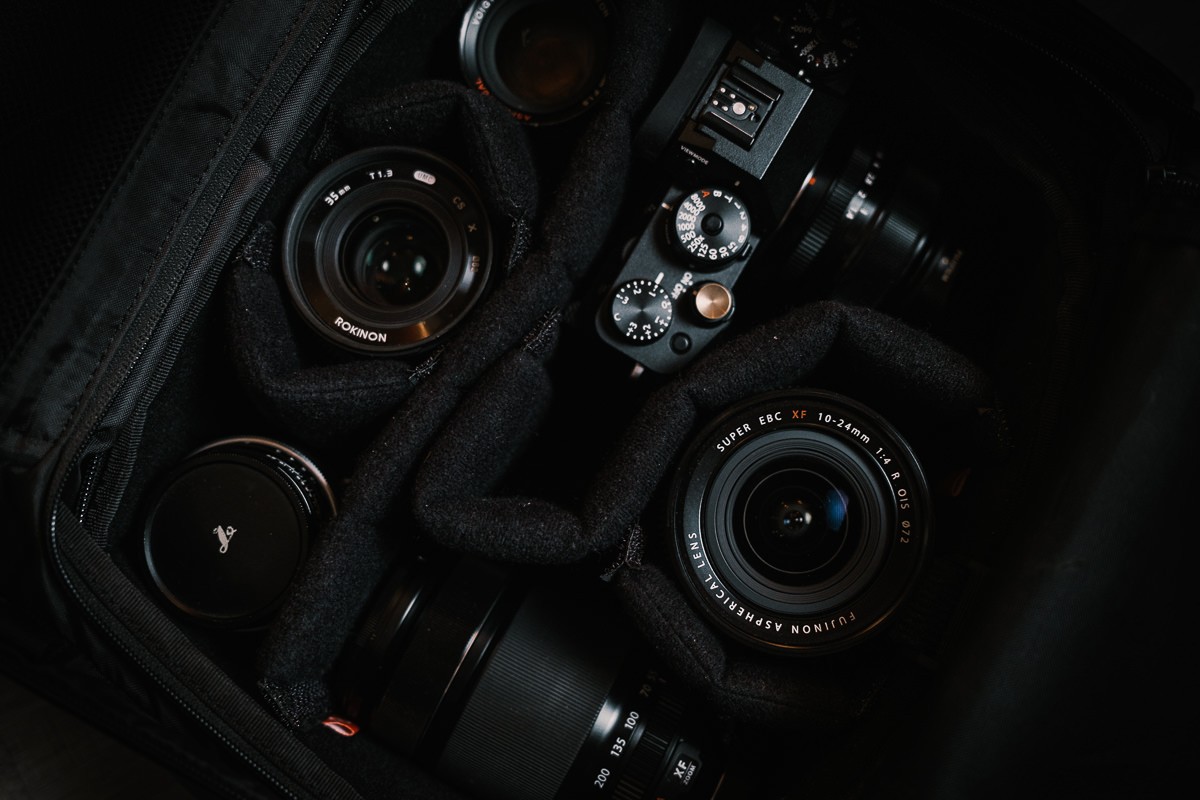
Final Thoughts
Despite my personal journey to get to this point, I’m not trying to convince anyone to give up their full frame systems to go APS-C. If I didn’t mind hanging on to multiple systems with a full array of lenses, I would keep all my Sony gear or even reinvest in the Panasonic or Canon full frame systems.
There are some use case scenarios where I would want the offerings from a full frame system. But for everything I do, I’m surprised it took me this long to switch, when all along, going back to the GF-1, I knew that being light, compact and discreet was one of my highest priority when it came to getting out there and shooting.
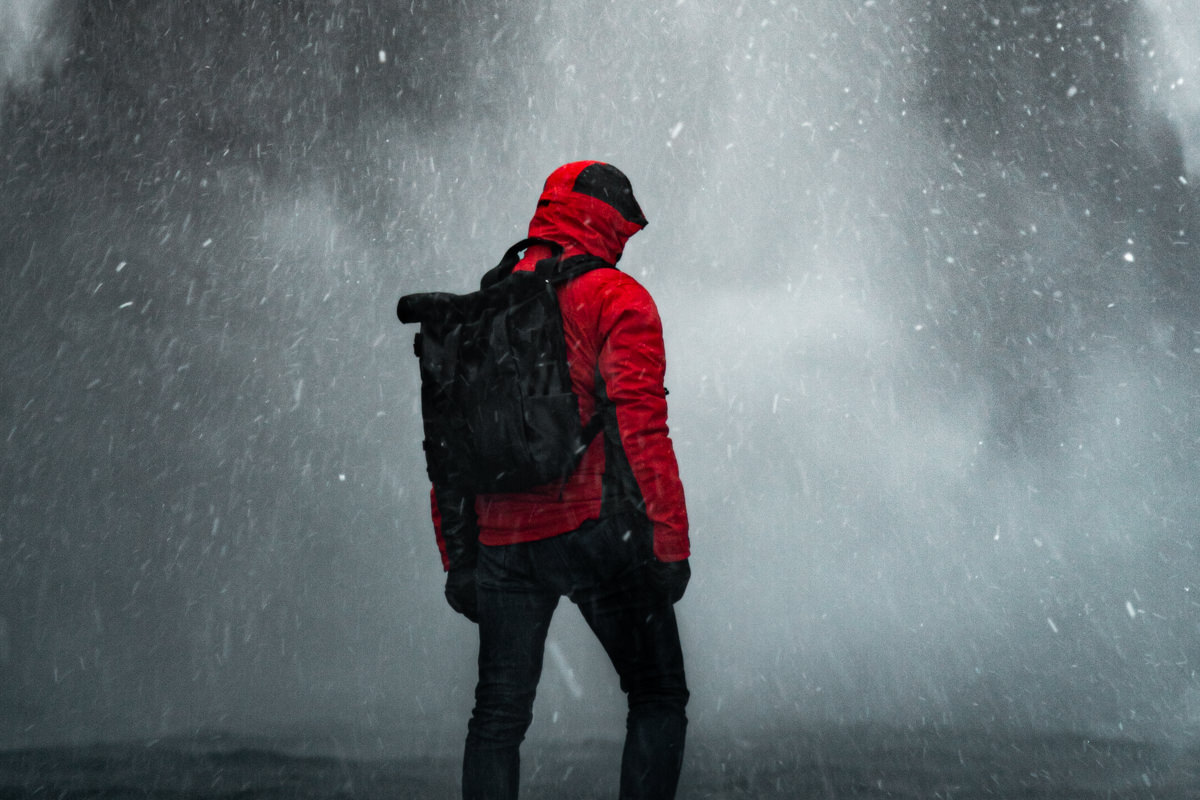
Updated on January 7, 2023

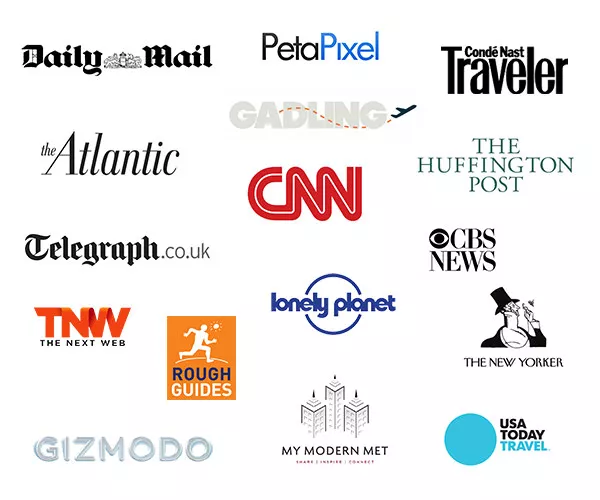
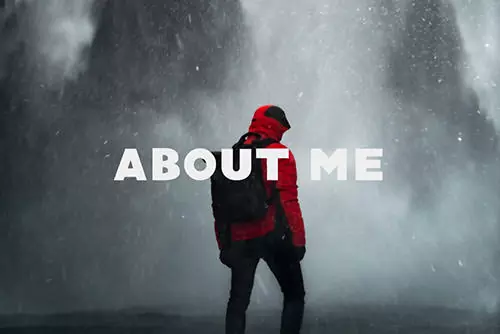
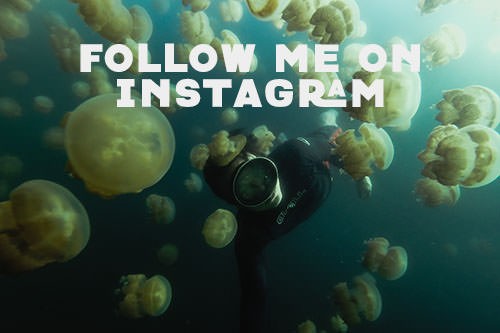
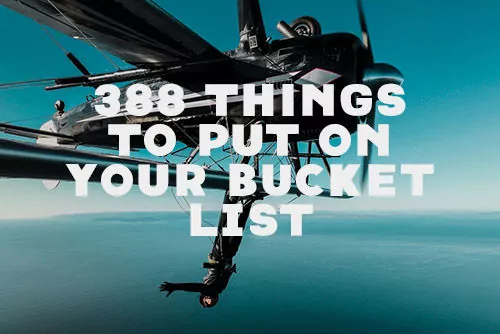
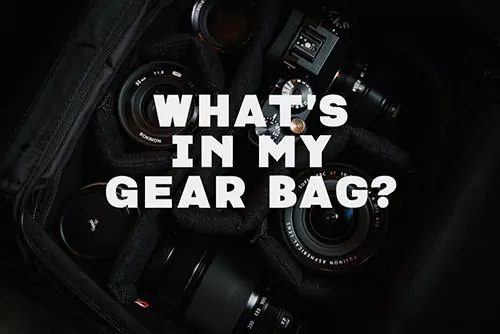
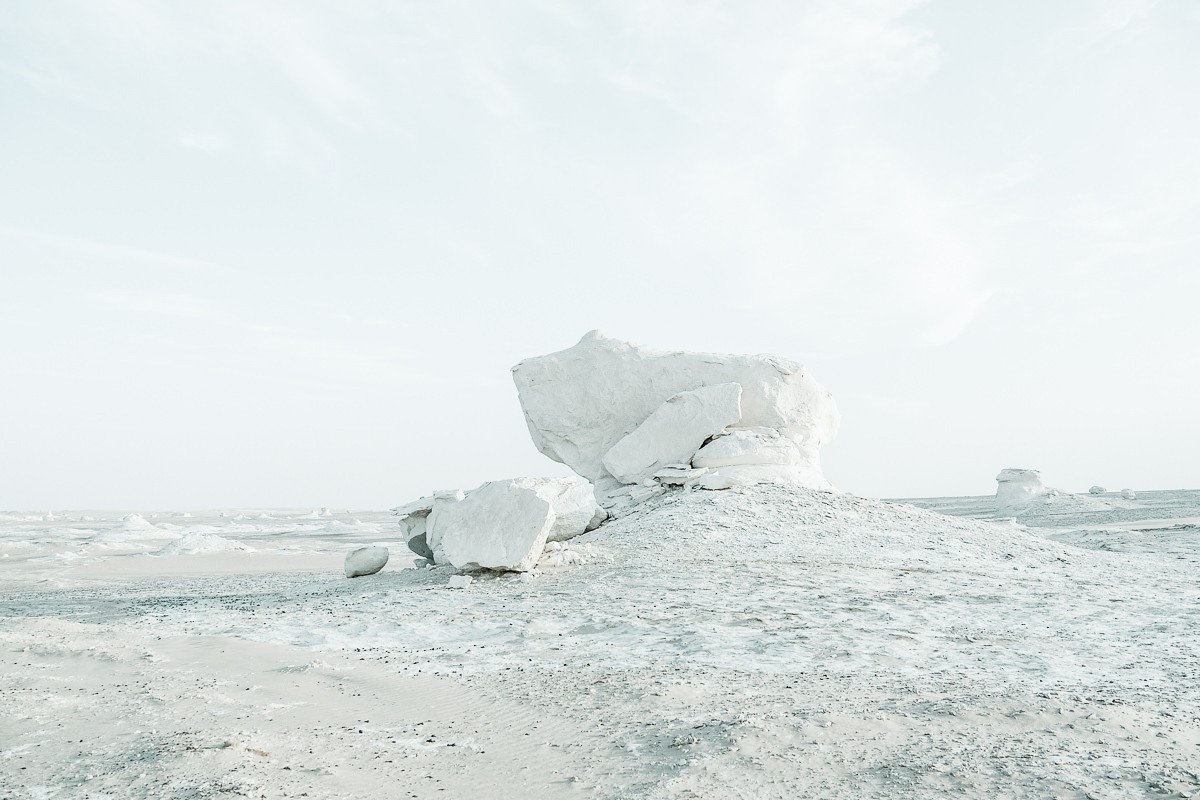
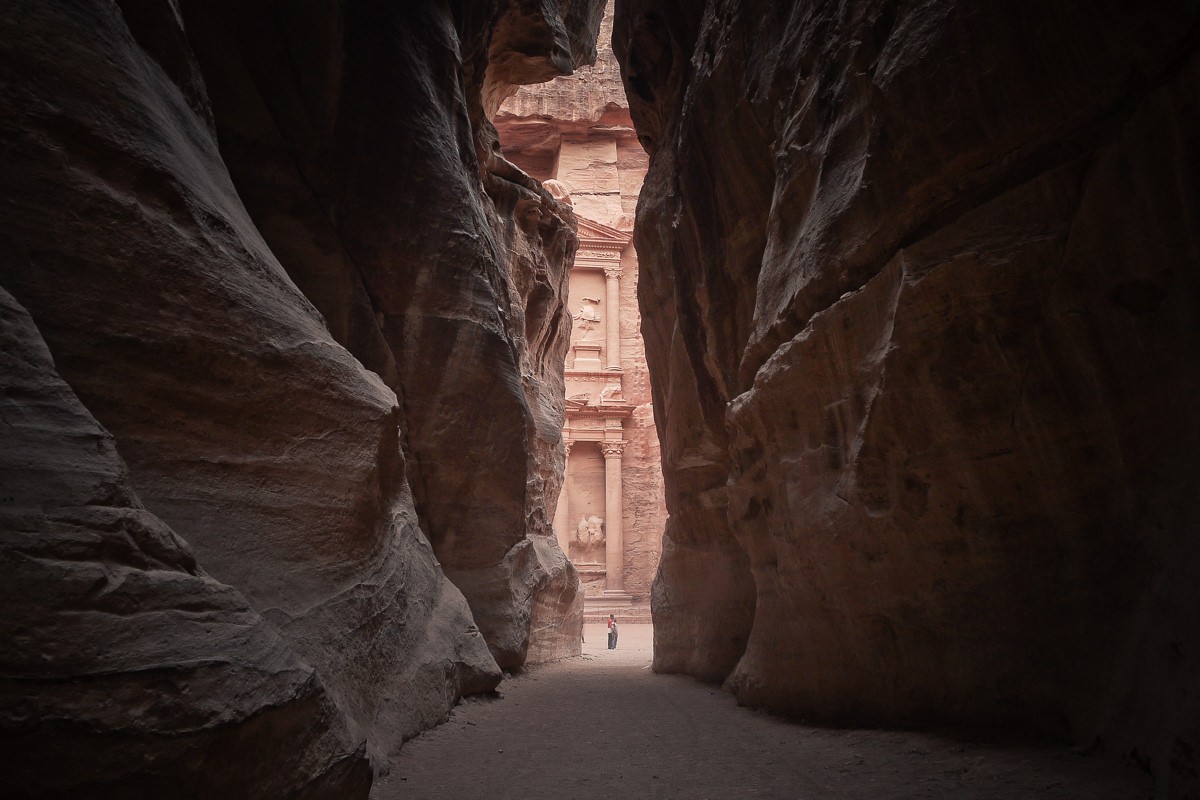
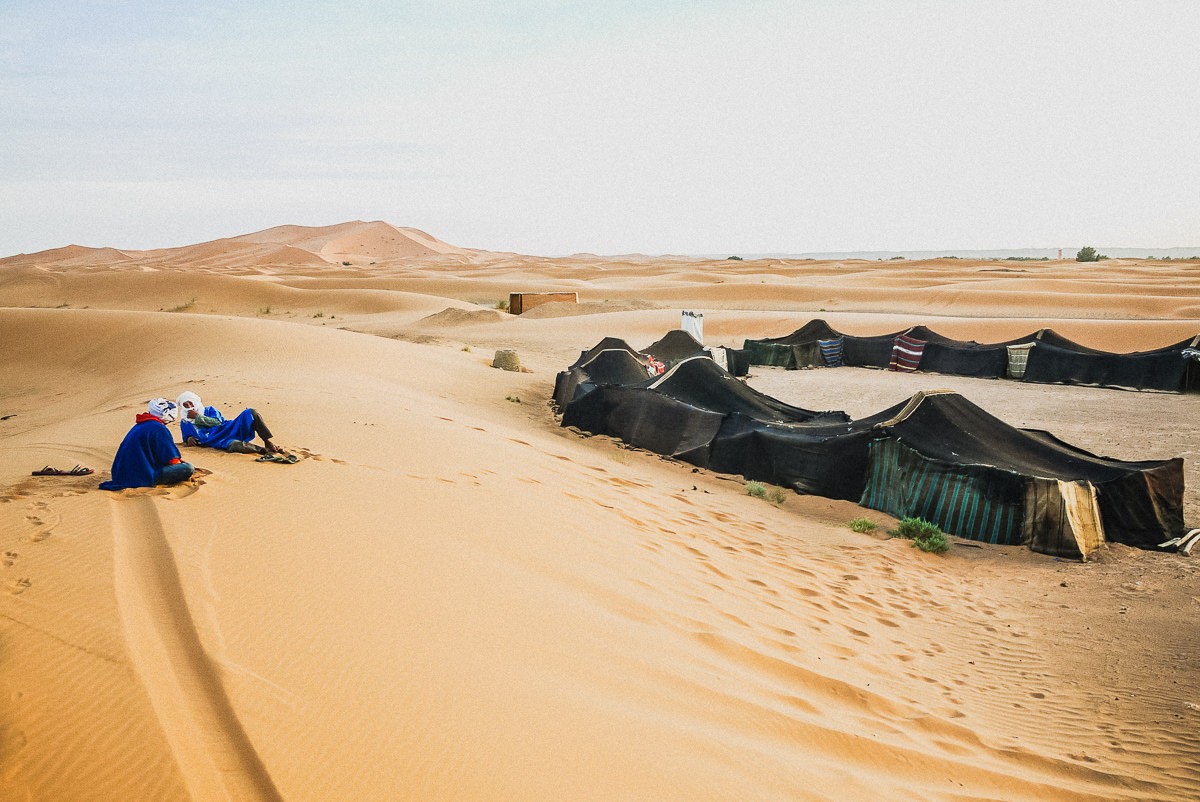
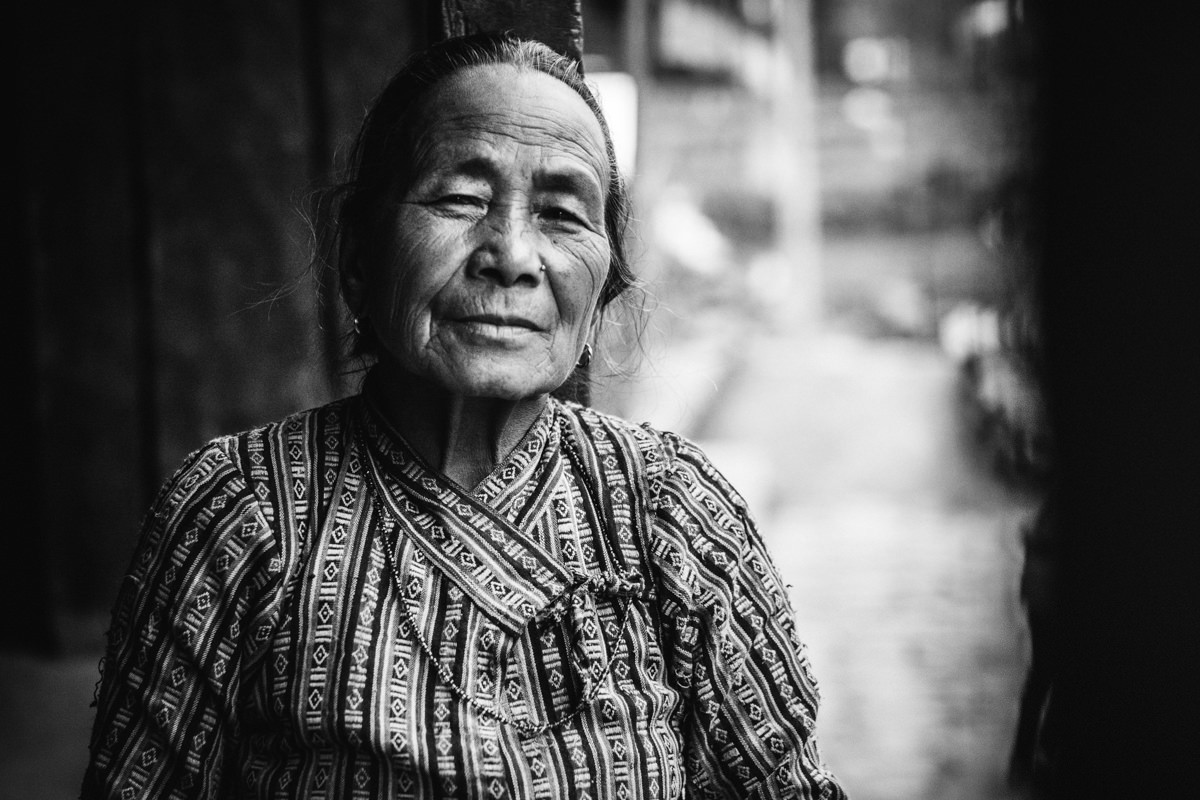

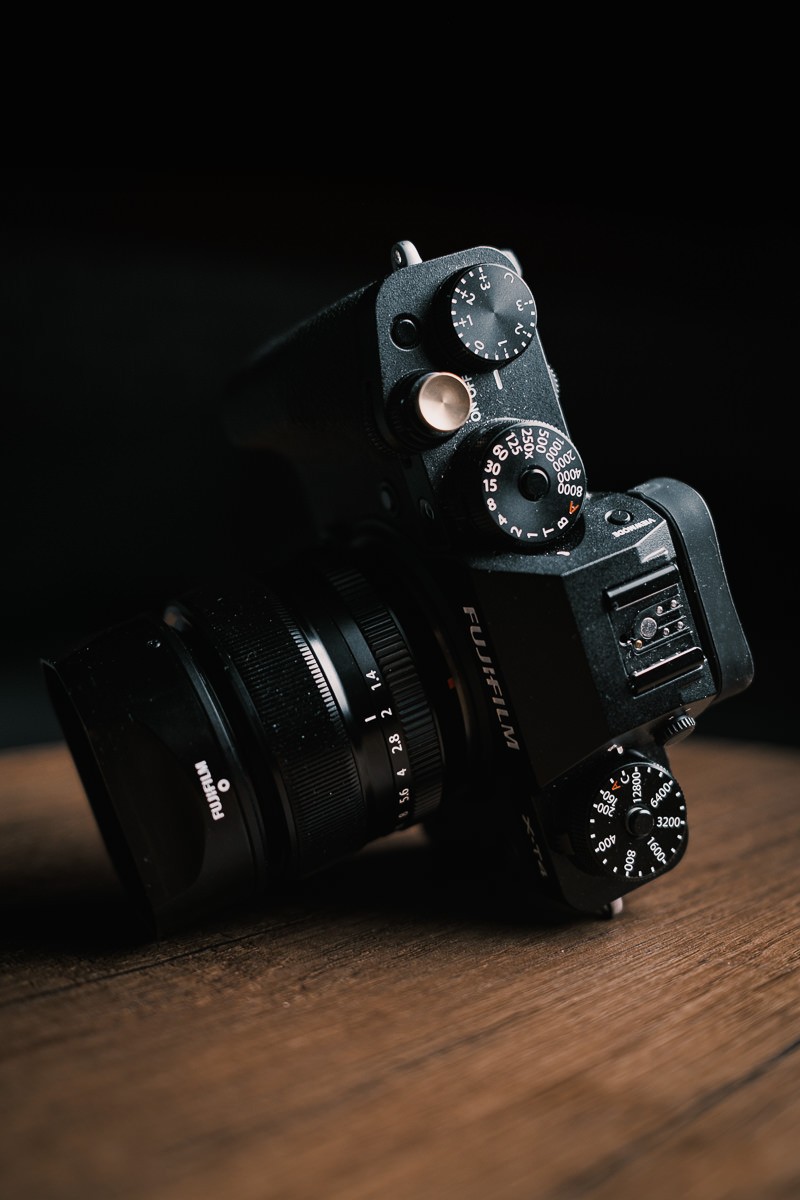
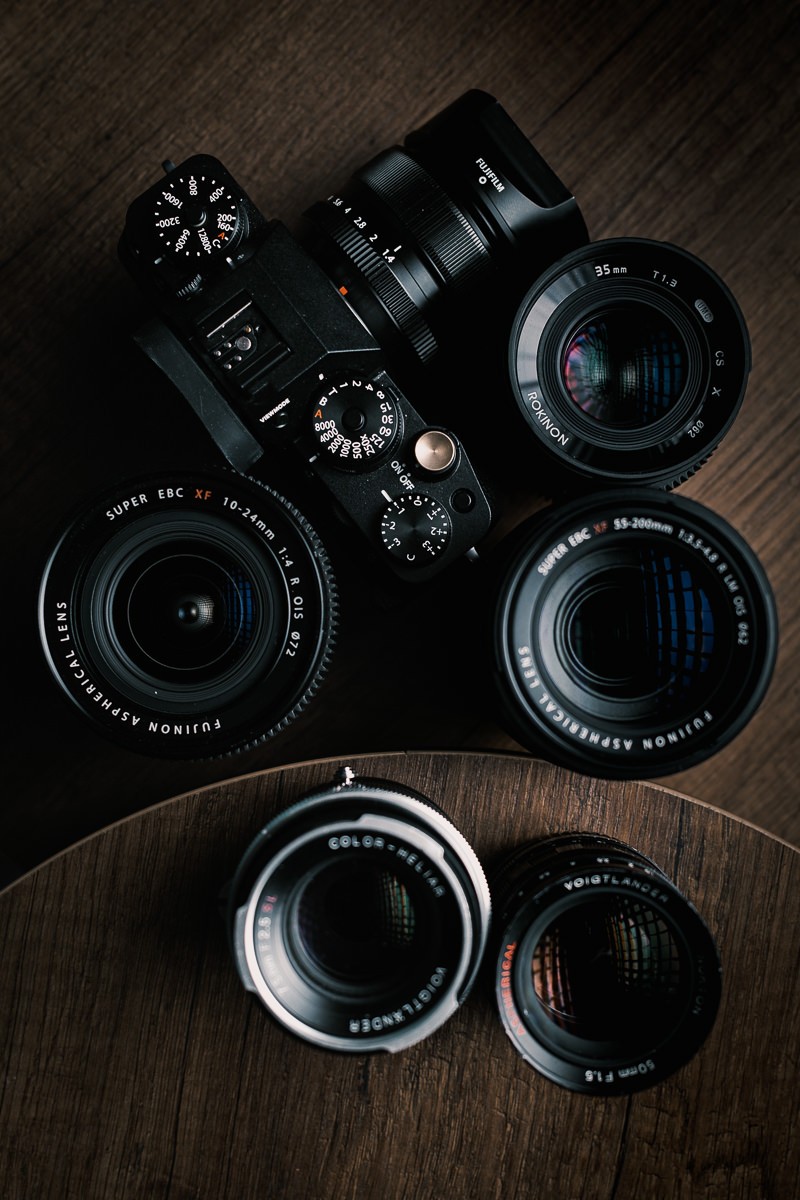
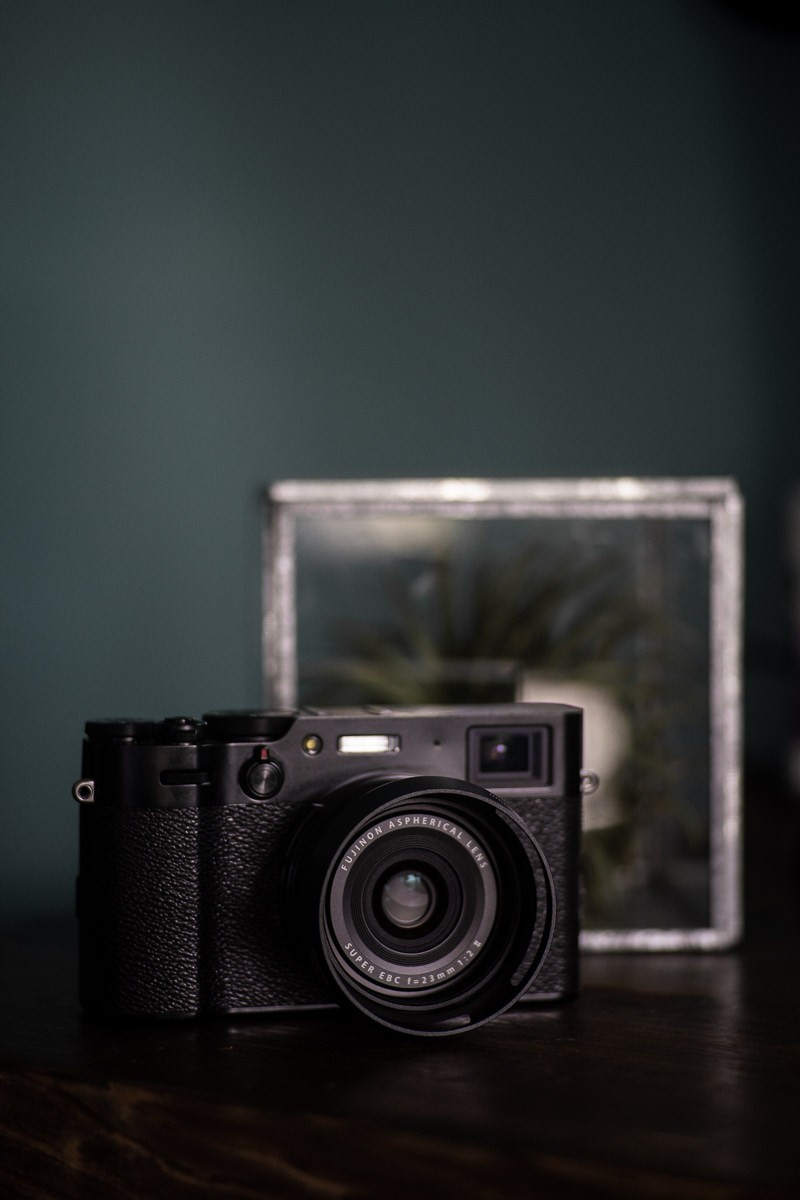
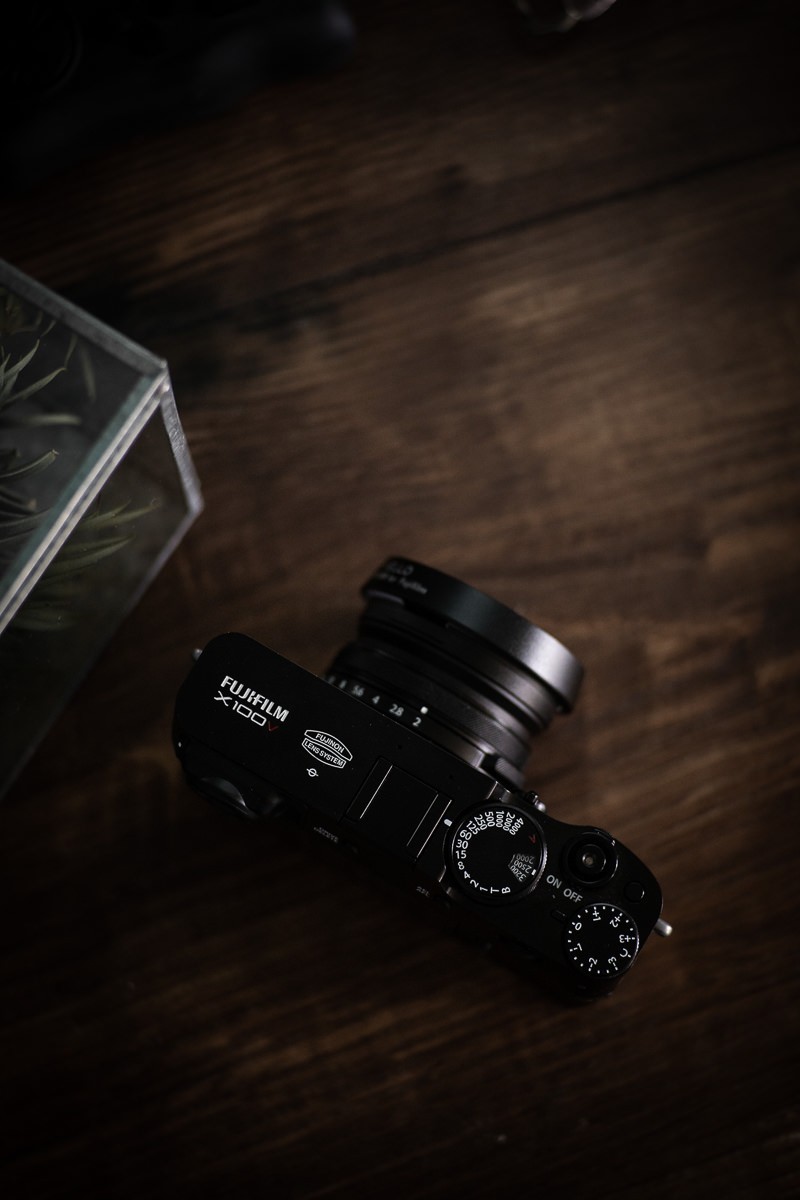
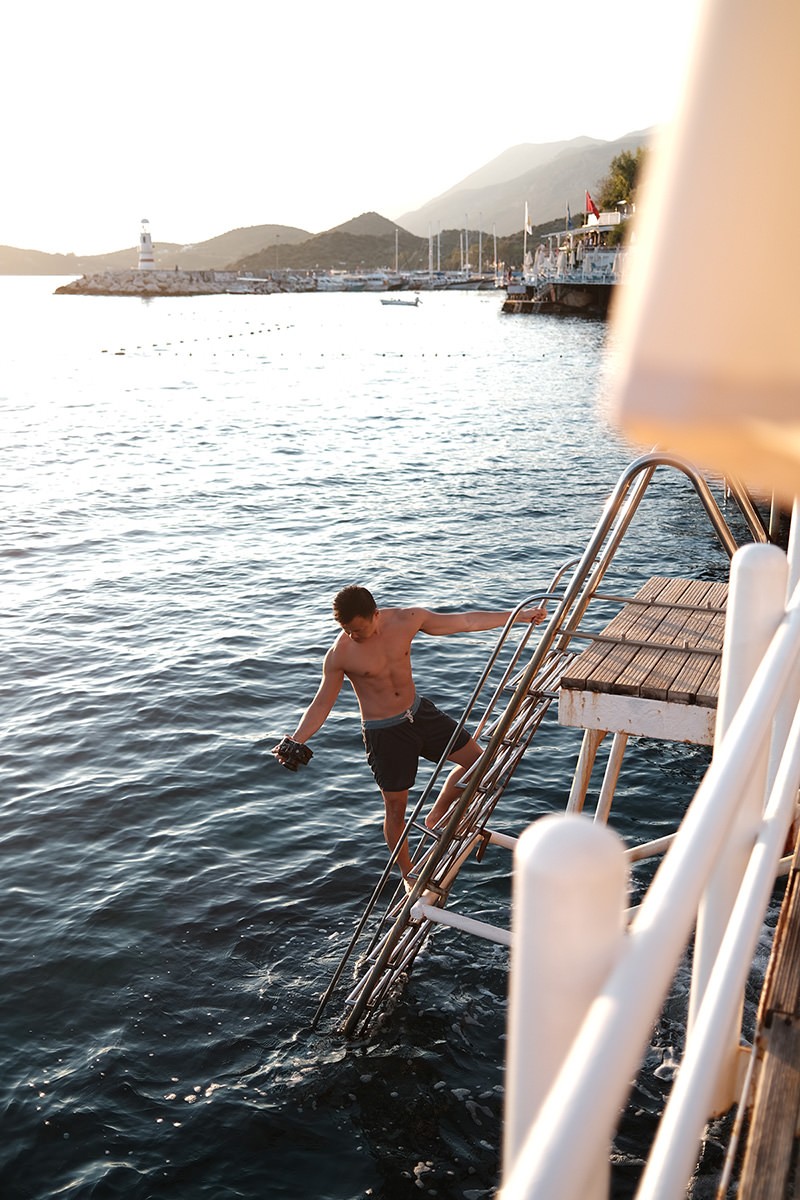
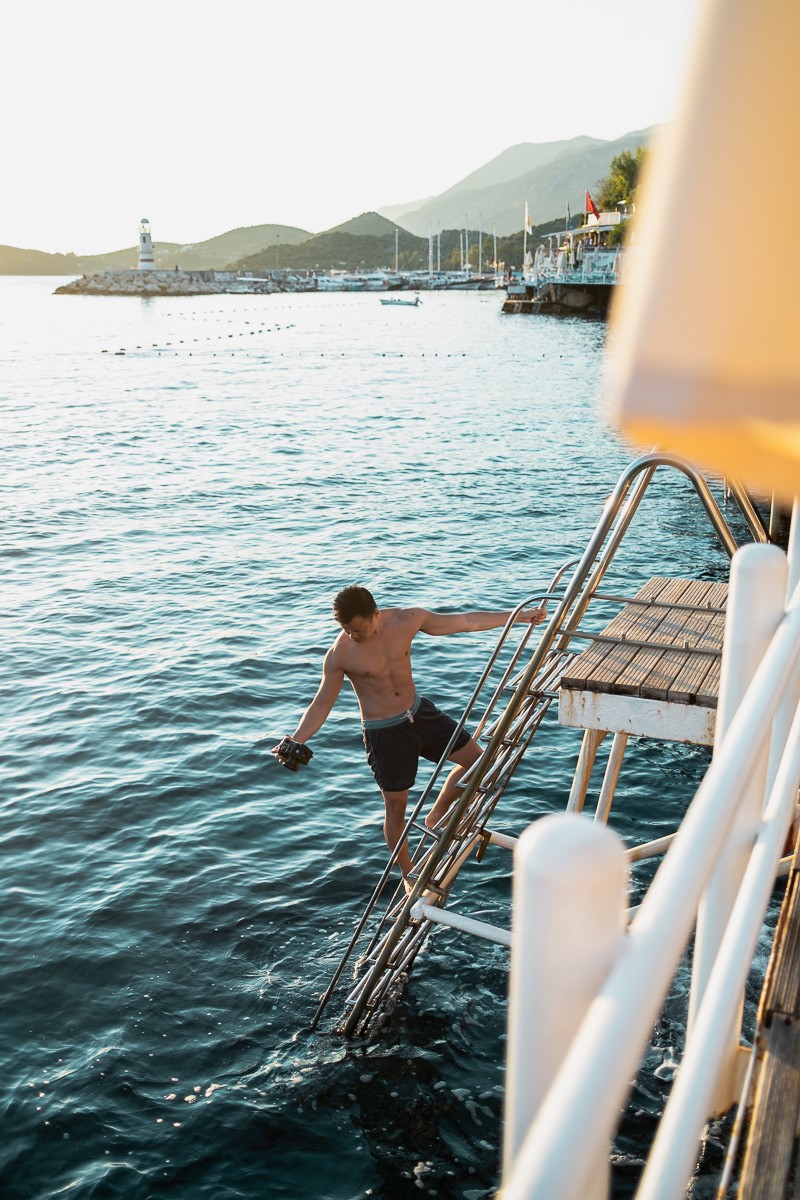
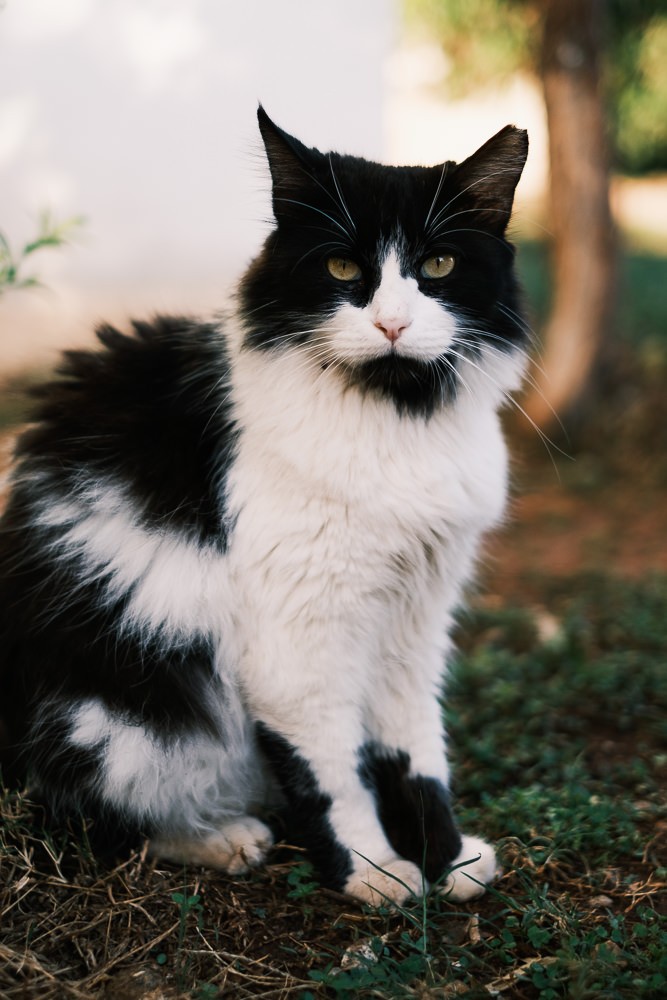
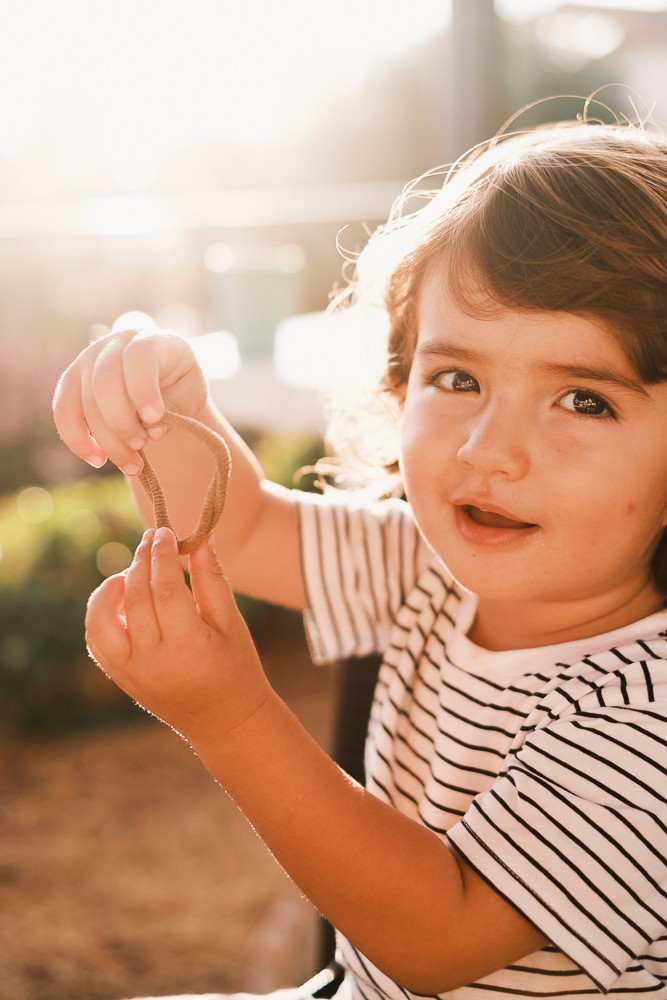
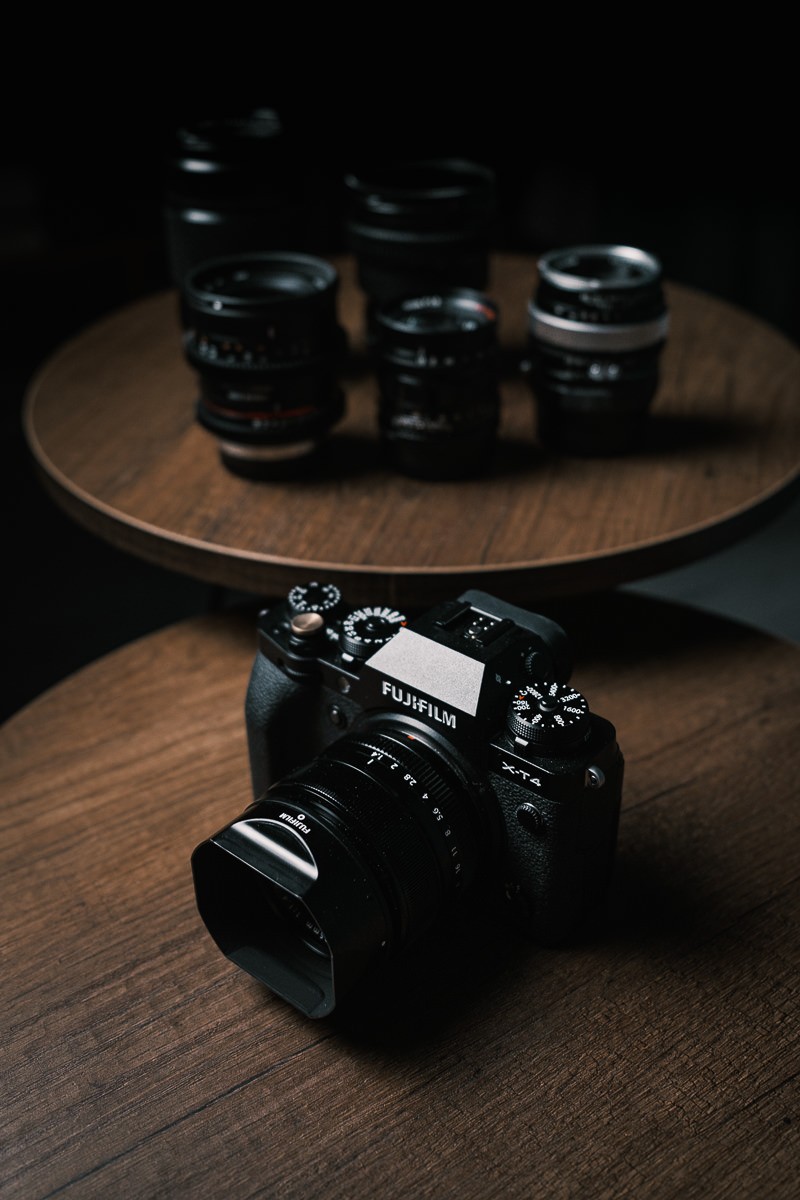
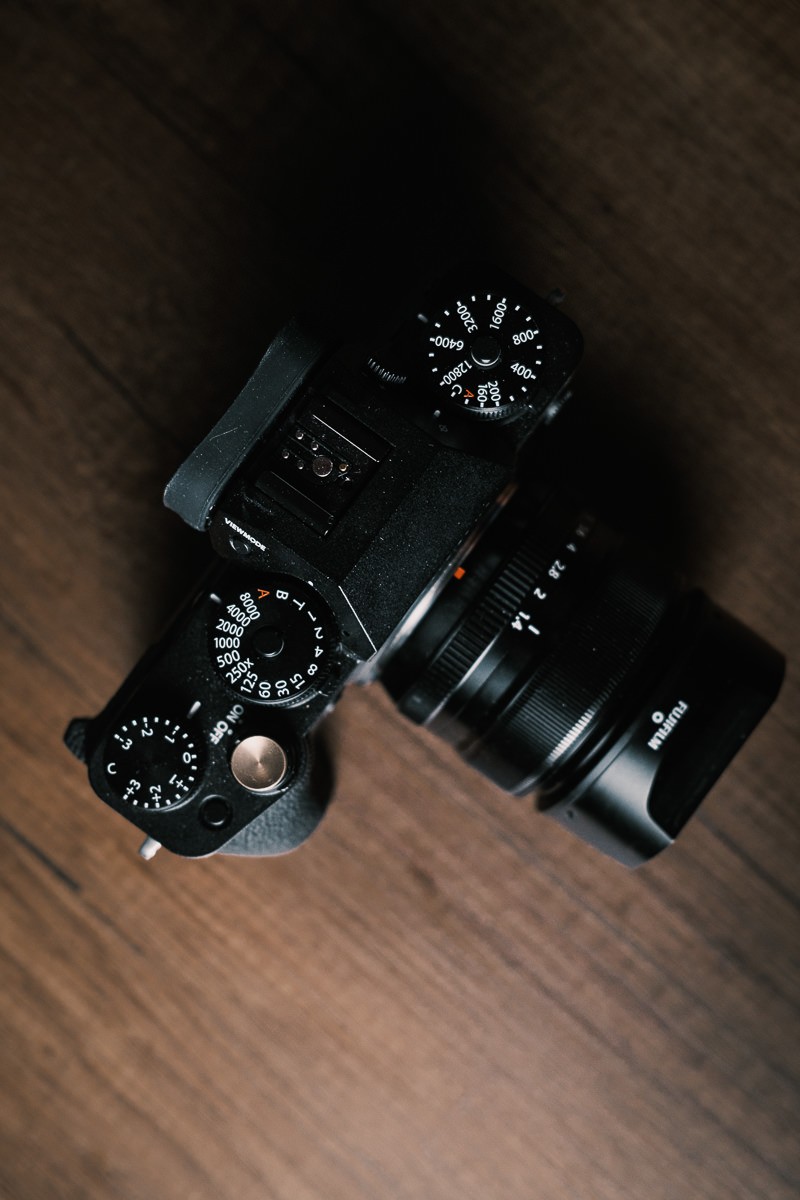
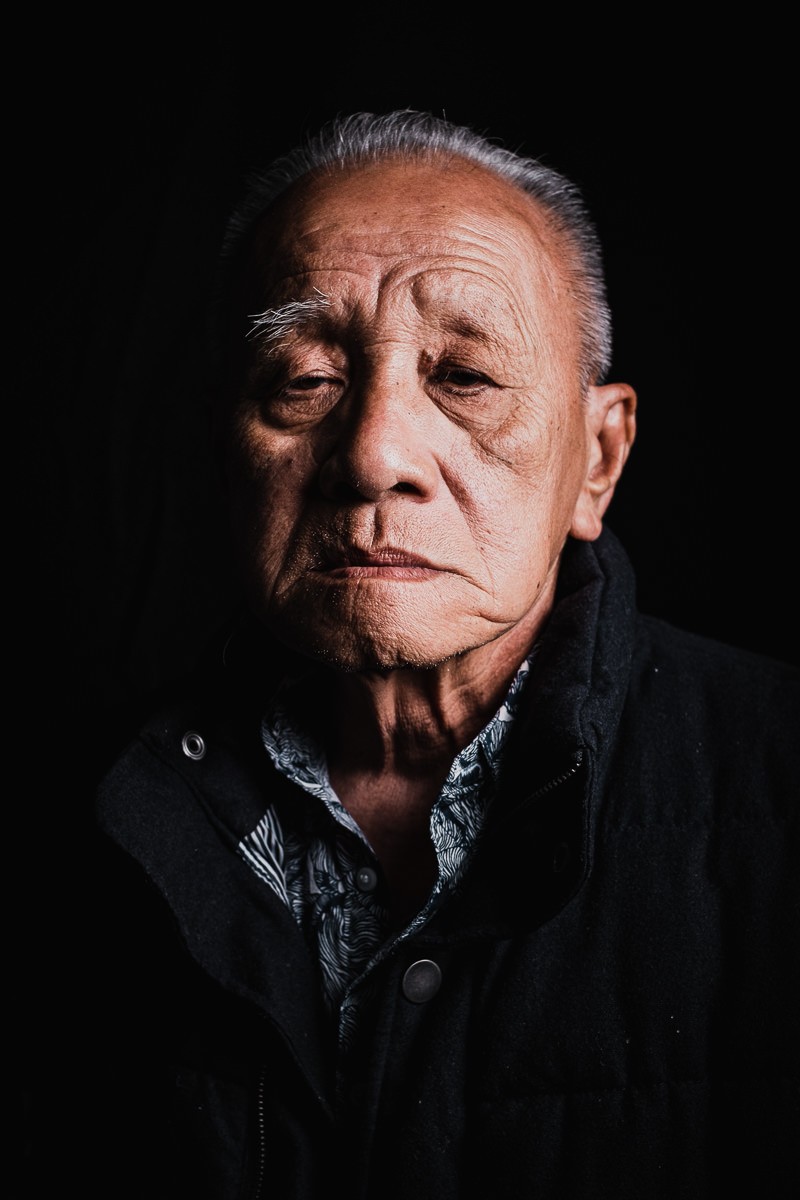
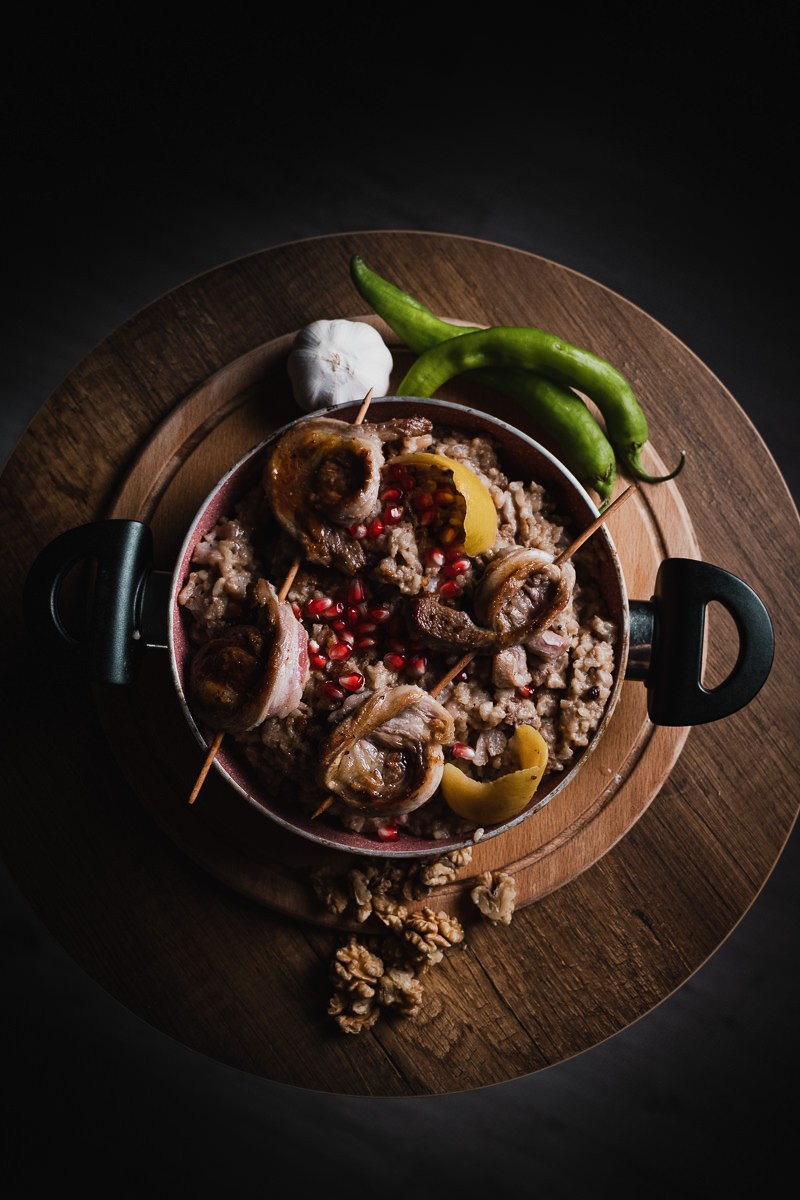
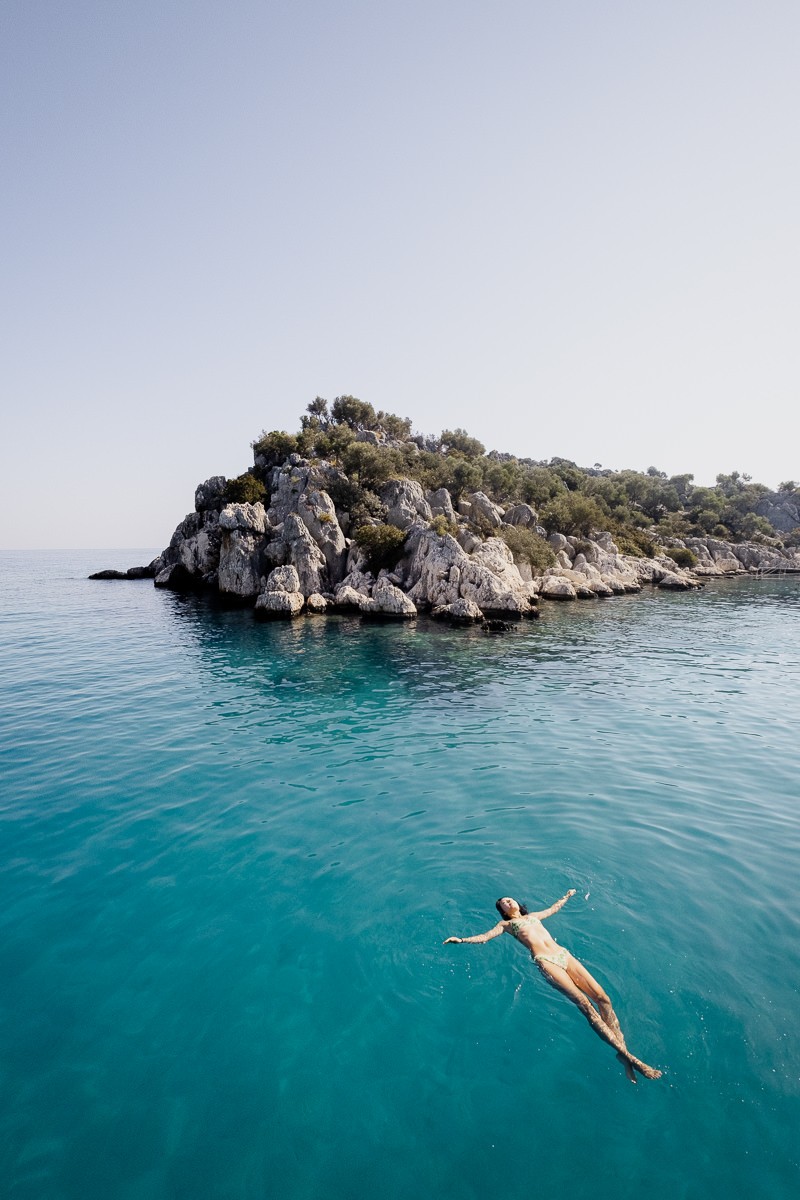
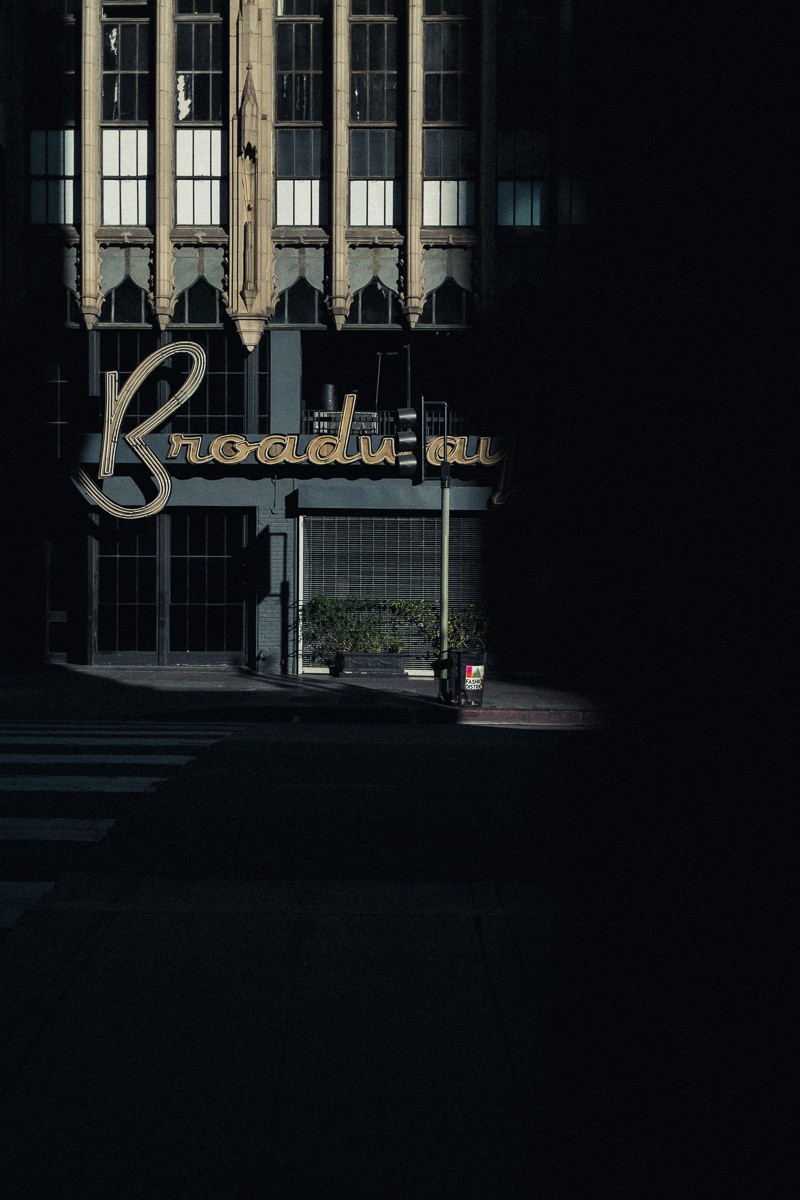
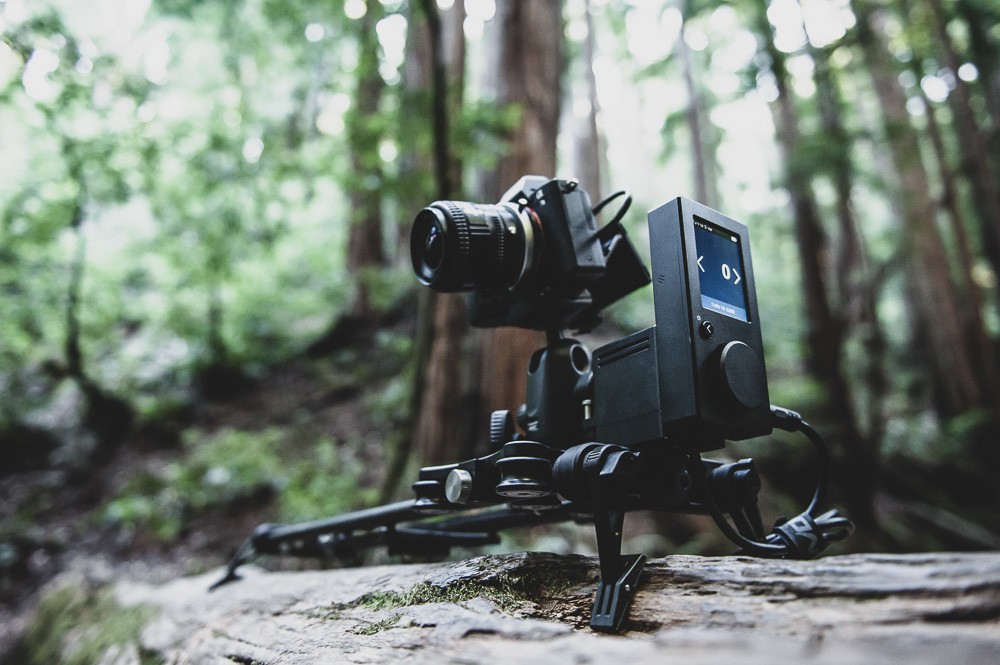
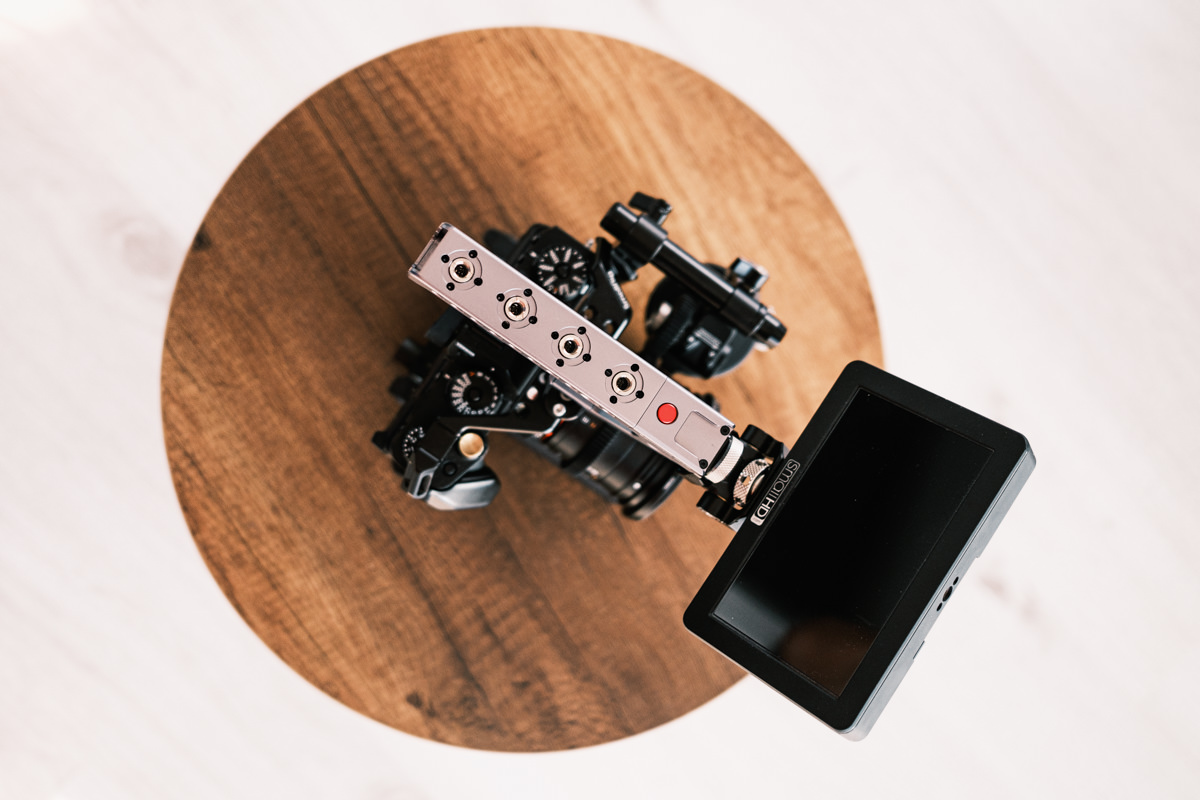
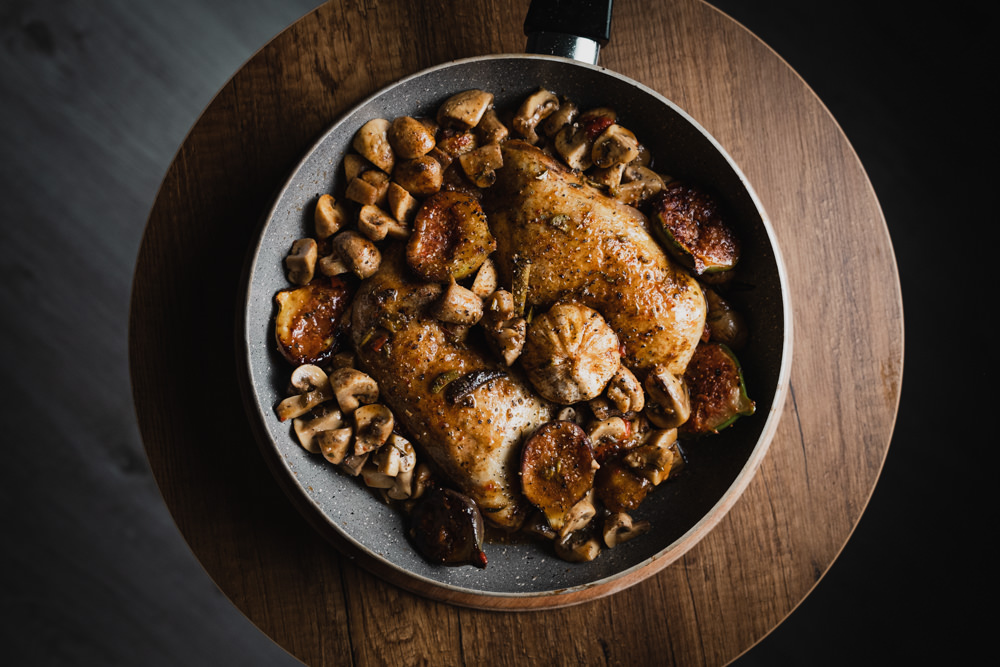

Great article. Not sure if you have experience with timelapses, but does APS-C cameras are a good option for that type of photography?
I do. I started with m4/3 on my first around the world time lapse and moved to APS-C for the second one. Simple to use.
Any camera with a built in intervalometer will be good for time lapse. The key is just putting it on a tripod. So none of the other features matter as much. The nice thing about the Fuji is that their JPEGs come out looking so nice that you can get away with shooting JPEG instead of RAW for time lapses and save some space.
Thanks for sharing this. I also look for aps-c in 2020. Waiting for Canon for now, but XT-4 is my second choice otherwise. I also did many many searches. So this is a very good read!!
Yea. Canon is great. I have nothing against Canon. I almost considered the R5 or R6, but ultimately I decided to stick to a combination that allows me to travel with more lenses in a small bag or with just a couple of lenses in an even smaller bag for walking around. I’m glad you find it helpful. The article is not meant to say you should buy Fuji. It’s there to show you that you can still do what you need with any camera and it’s important to find one that fits your style of shooting.
Make the text color darker so that I can read your article, thank you
I reluctantly sold my Fuji X system and just use my Nikon full frame mirrorless system now. I do a lot of low light dance performances and the full frame cameras have the edge for high isos. If my interest was travel photography the Fuji X system would be my choice. Fuji is a great camera,company!
Honestly, if it comes to gear envy, I have it for some feature or another from every system. Hell, I even miss the mirror flapping on a normal SLR. Haha. Yea, my main reason for switching did the travel aspect of the Fuji. Enjoy the Nikon Z series.
Very interesting read, thank you for sharing! I currently think about switching to mirrorless. Right now I own a Canon DSLR. Very nice and long term insights!
Best wishes from Germany,
Matthias
I’ll say this. I do miss the click of a DSLR. I do miss that I needed to meter. When you go to mirrorless, it makes the image capture process so much more efficient, but not necessarily more satisfying – if that makes sense. Having said that, I moved to mirrorless because of the size. If that’s not an issue for you, there’s no need to switch from Canon. You still have every lens you could possible need. If you do want to go lighter, consider the lenses that you will be using with whatever system you end up switching to. With my Fuji system, overall everything is smaller, but it’s also smaller because I’ve gone back towards shooting a lot of adapted manual focus lenses and prime lenses. Good luck with your decision.
There are multiple Problems I have with the 77D atm. After 5 copies, I can’t find a wideangle lens that is sharp across the frame. The viewfinder is pretty small. I can’t get my 30 1.4 adjusted, it has either front- or backfocus. My subjects are mostly landscapes, so weight does matter. Thank you again!
In that case, I would suggest renting a Fuji body with the lenses you plan to shoot landscapes with for a couple of days to test if the sharpness and weight/feel works for you. I own the 10-24 f/4 and it’s the roughly equivalent of my 16-35 f/4 Sony lens. I love it and the sharpness coming out of this lens. I’ve had no problems with the focusing on it either. The 55-200 is really nice too. And there’s the new 70-300 now that’s much smaller than the 100-400, so depending on what lenses you use for your landscape shots, you might find the switch worthwhile. Good luck Matthias!
I am in the situation you described in the post, however when I think about it, Sony does have smaller primes and zooms (F4). So yeah, I still haven’t made up my mind yet. Currently owning the A7III and A7R III, and also the X100S.
Maybe I will get a Fuji for fun outing or travels. The XPro 3 seems intriguing. I can’t afford to switch system as I have heavily invested in the Sony system.
As per your point, it’s not about the tools.
I agree with you. Sony does have some small f/4 lenses, which are the rough equivalent of the f/2.8 Fuji lenses. For me, I use the Fuji primes and a lot of manual focus lenses, so having smaller versions of my Rokinon Cine lenses works out for me. I own the X100S too currently (it will be a gift for my sister to photographer her new baby). It’s great, but I personally have the X100V and it makes a world of a difference for me, having things like the built in ND filter, the sharper lens, etc.
If you fully want to commit to switching, which is completely understandable, what you have is already great. I loved the A7III and the extra resolution on the A7R III is phenomenal. I do miss full frame from time to time (but nowhere near as much as I’d thought). Per your point about the X-Pro3, I think it’s a great way to play with Fuji without doing a full switch. I personally opted for the X-Pro2 because the flip down screen does not appeal to me. The X-Pro2 shoots beautiful photos. It’s almost my favorite to handle between the X100V, the X-T4 and itself. I use the X-T4 for all my professional shoots because it’s faster to handle and the flip screen is very useful for the angles I shoot. For my fun shots, I prefer the X-Pro2 and shooting JPEG (honestly, they look so good coming out of the camera and they still have some flexibility for edits. Sometimes, I find it difficult to match an edit from the RAW file to get the look I get from one of my film simulation recipes). Anyway, best of luck with your decision and enjoy the shooting.
I stumbled across your article and was really taken by surprise as to how all you said applied to me. I too started with Nikon D-700 and 800 for weddings and studio work. Then I switched to Sony for the size but the lenses were just as big as Nikon. I bought a Fuji X-100F because it looked like a fun retro camera with a good pedigree.
I fell in love with the Fuji jpeg’s. Up to this point I almost always shot raw and spent countless hours tweaking the files. With Fuji, the jpegs come out ready to show. I returned the X100 and bought a X-Pro3. What an amazing experience that camera is! I just ordered a used X-H1 for the ergonomics.
I am not sure what to do with my Sony gear. I am heavily invested in pro lenses and camera systems there. If fuji had a full frame I would probably sell all my sony gear and get it and be done. For me the fact that jpegs come out beautiful and the old school feel of the Fuji bodies has turned me around. Yes the full frame look is the elephant in the room but using fast and cheap Viltrox lens gives me almost what I had with Sony full frame. Thanks for the article it was nice to see someone who’s path was so similar to mine. I checked out your web site and it’s great. Be safe and happy travels!
Juan
What a wonderful, comprehensive post! I have a sony a7iii and love it.
Yea, it was one of my favorite cameras for years. Right now, I’m super happy with the Fujifilm X-T4 and will do an updated post soon about how it’s changed the way I shoot completely.
Thank you! Amazing article and a great match to all my considerations and thoughts over my camera change journey of the last few years. This is pure gold and so relatable, I am really thankful for this article and also your take on the daily use advantages compared to the Sony A7 III.
Keep it on, my deepest respects, and thanks again!
Thanks Sebastian. Glad you found it helpful. It’s over a year in and I’m still learning so many new things about myself and how the different cameras change the way I shoot. Keep an eye out. I’ll be writing a few more articles about shooting with Fuji and how it’s changing my shooting.
Brilliant article, I enjoyed the reading quite a lot.
I’ve been using Nikon DX DSLRs (D90, D7000, D7100) for almost 15 years now and was seriously considering an “upgrade” to the mirrorless FX system until I realised the same thing as you: As a photographer who mainly shoots “on the go”, I need to travel lightweight, and that isn’t really possible when you pack all that full-frame gear along with a suitable tripod because that stuff is likely to weigh you down if your middle name isn’t Hercules.
So I decided to stick with an APS-C system, but Nikon doesn’t really have any offerings that could tempt me into staying with the brand. What I find most disappointing is their “range” of three extremely slow DX lenses for the Z system, almost as if they are determined to make Nikon APS-C users either to change to full frame, or change brands entirely. So I also switched to Fujifilm and since I’m not overly interested in videography, I decided that an X-T3 would be more than sufficient and that the “iconic” three zoom lenses (10-24/4, 18-55/2.8-4, 55-200/3.5-4.8) were going to cover all my photography needs. I use an MCEX-11 extension tube to turn any of my lenses into a macro lens and have found that a light and compact Sirui carbon-fibre tripod (weighs approx. 2.4 pounds incl. the ball head) carries my X-T3 safely even when I mount the 55-200.
As you pointed out correctly, achieving a shallow depth of field isn’t really that challenging with an APS-C sensor camera, not even when you largest aperture is “only” f2.8 or f4.0. It’s just a matter of how close you get to your subject and how much background blur you really need. I’ve worked out for myself that both the 18-55 and the 55-200 deliver a quite decent bokeh, not exactly creamy and butter smooth but good enough for a travel photographer like me. Fortunately, I don’t have to win my daily bread with my pictures, otherwise I might have already starved to death.
Spot on assessment. I think Fuji is still a great choice if you’re just into photography. I started to find more issues on the video side, but I’ll give the XH2s a chance before I figure out a different option. I have a similar trio (16-55 instead of the 18-55). They are great and easy to carry around. I usually take the 10-24, 35 f/1.4, and 55-200 and it covers everything I need. For work stuff, I’ll bring along the 16-55. I have like 10 other manual focus adapted lenses that I use for various looks, but otherwise I’m pretty happy with what I’m getting from the Fuji system for photos. Glad to hear you’re enjoying your experience.
Hi,
Thank you for the article. We are looking for a hybrid that will allow my wife to video educational lessons (up close, no movement, indoors but with light) and also serve as a camera.
I would like to buy a Fuji, and wonder if the xt-4 or x100v on a tripod would work. Which would you suggest? We are amateurs all the way.
Thank you
Hi,
My wife is recording educational lessons for youtube. These would be up close with no movement on a tripod. We would also like the camera to be used for photos. We are amateurs. Would the x100v work or would we need th xt-4. Thank you.
Given the limited supply of new and used X100V, going with the X-T series is definitely the way to go. It’s a lot cheaper as well. For your wife’s needs, I would suggest the X-T4 over the X100V, but I would even consider the X-T3 depending on the price savings over the X-T4. It does not have the built in stabilization, but if you’re shooting on a tripod, that won’t be necessarily.
I moved from Nikon to Sony a6000 to go mirrorless, then switched to Fujifilm when the X-T1 came out, before switching to Sony A7. I noticed the difference in quality going from 16MP APSC to 24MP full frame. I now shoot Sony A7Riii and an a5100 as a travel/street camera. I liked the Fuji cameras I had, the viewfinders were certainly better than the earlier Sony’s, the build quality was OK too, but I was lured by affordable full frame. I think if I were going to buy a Fujifilm camera now it would have to be a first generation X-trans like the Pro 1 or X-E1, the output hasn’t been bettered in my opinion. Incidentally, the a5100 I bought as an upgrade to the RX100ii and it’s been the most surprising of all the cameras